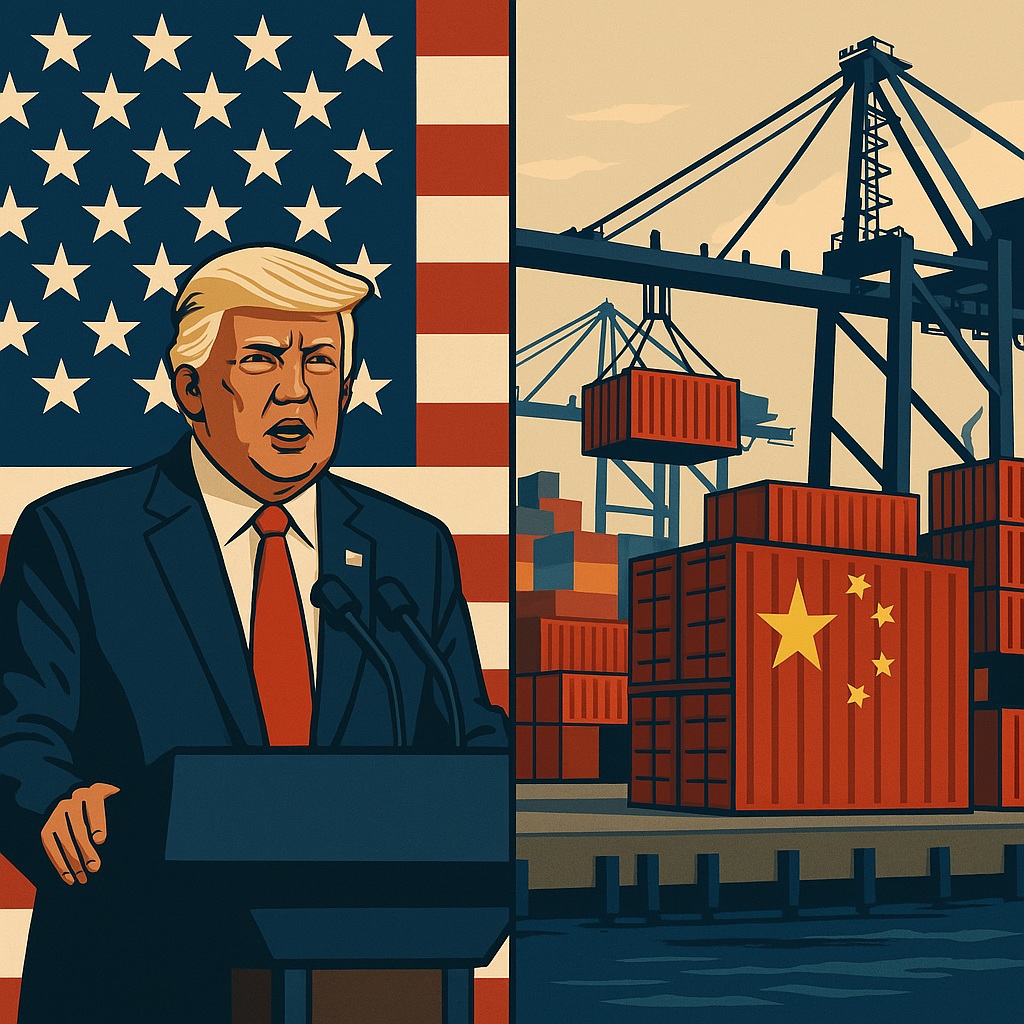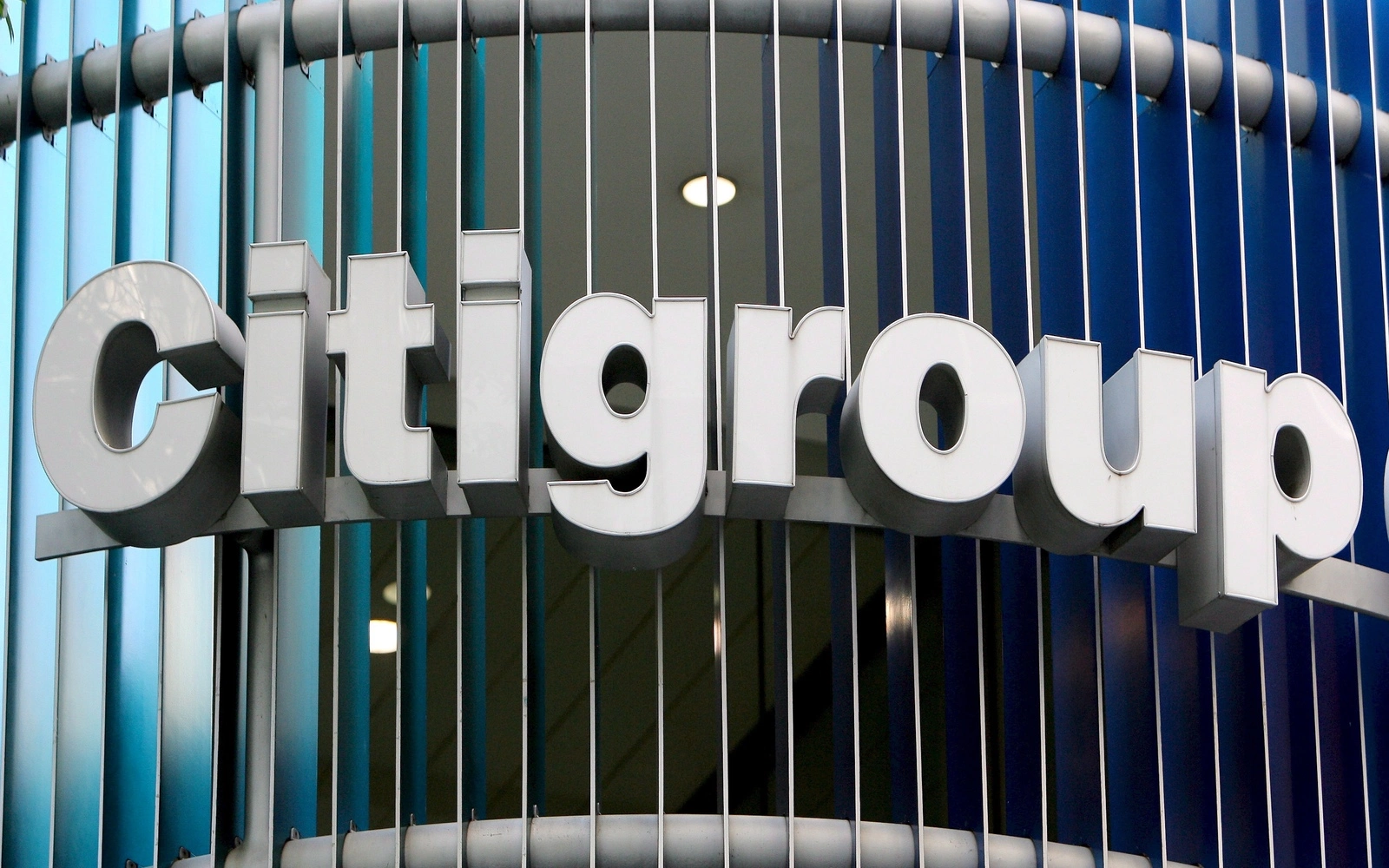Today, April 9th, 2025, President Donald Trump shook up U.S. trade policy once again. In a surprise move, he paused most reciprocal tariffs for 90 days. This gave dozens of countries temporary relief with a flat 10% tariff—but sharply raised tariffs on China to a staggering 125%.
The news came fast. The markets moved even faster.
Stocks Soar After the Announcement
Shortly after the news broke, U.S. markets surged. The Dow jumped nearly 3,000 points, up 7.87%. The S&P 500 climbed 9.5%, and the Nasdaq soared 12.2%—some of the biggest gains in years.
The markets responded with relief. Investors had been nervous about ongoing global trade tensions. With this pause, it looked like things might calm down. But many economists warned not to get too comfortable.
Goldman Sachs cut its recession forecast slightly, but still said there’s a 45% chance of a downturn in the next 12 months. Others, like RSM US’s Joe Brusuelas, said the economy is still facing serious risks.
What the Pause Covers (and What It Doesn’t)
This 90-day tariff break applies to over 75 countries. Their tariffs were dropped to a simple 10% across the board. Trump said it was meant to open the door to better trade deals. But it came with one big exception: China.
While many countries got relief, China saw its tariffs jump from 104% to 125% overnight. The reason? China had earlier slapped 84% tariffs on U.S. goods. The Trump team viewed that as a provocation—and hit back even harder.
Politico reported that Trump’s strategy was clear: if you don’t retaliate, you’ll be rewarded. If you do, expect consequences.
Country-by-Country Breakdown
| Country/Group | Tariff Rate During Pause | Conditions/Notes |
|---|---|---|
| Most Countries | 10% | 90-day pause for negotiation; excludes China |
| China | 125% | Immediate hike due to China’s 84% retaliatory tariffs |
| Mexico/Canada | 25% | Ongoing tariffs unless USMCA-compliant; steel and auto tariffs remain |
| EU | N/A | Approved retaliatory tariffs in three waves targeting $21B worth of U.S. goods |
Why Now? And Who’s Behind the Shift?
This move wasn’t random. It was shaped behind the scenes by Treasury Secretary Scott Bessent. According to Politico, Bessent helped steer Trump toward this path—pause tariffs on friends, punish China.
Trump said the decision was also influenced by bond market movements. He stressed the need for flexibility, saying, “Sometimes you have to go under the wall, around the wall or over the wall.”
The plan wasn’t fully coordinated. Even U.S. Trade Representative Jamieson Greer was caught off guard by the announcement. That shows just how fast this decision was made.
More on that in this NPR article.
China Responds, EU Pushes Back
China didn’t take the new tariffs lightly. The State Council Tariff Commission said the country would continue to reduce its reliance on the U.S. and “fight to the end.” You can read their full statement here.
Meanwhile, the EU moved forward with retaliatory tariffs of its own. The plan affects nearly €21 billion worth of U.S. goods, rolled out in three waves. The focus is on U.S. metals, continuing a long-standing trade dispute.
Business Leaders Are Split
Not everyone in the business world is on board. Jake Colvin from the National Foreign Trade Council said that while the pause is welcome, the new 10% base rate and ongoing 25% tariffs on certain sectors still create uncertainty.
Billionaire investor Bill Gross added to the criticism, noting that market volatility now seems to depend on Trump’s daily decisions. See his comment on X.
CNBC also reported that Republican lawmakers are divided. Some say it’s a smart move to reopen talks. Others—like GOP donor Ken Langone—called it bad for business.
What Comes Next?
This 90-day pause is just that—a pause. What happens after depends on how the U.S. and its trade partners respond. Trump has already met with Vietnamese officials, and more talks are likely to follow.
But the increased pressure on China, the retaliation from Europe, and sector-specific tariffs still in place all suggest this is far from over. Some economists say the pause may just delay deeper problems.
Final Thoughts
Trump’s move to pause most tariffs while ramping up pressure on China is a bold step in a risky game. The markets liked it—for now. But with global trade still in flux, businesses and investors should keep watching closely.
This is a temporary breather, not a peace treaty. And when the 90 days are up, we could be looking at even tougher decisions.



